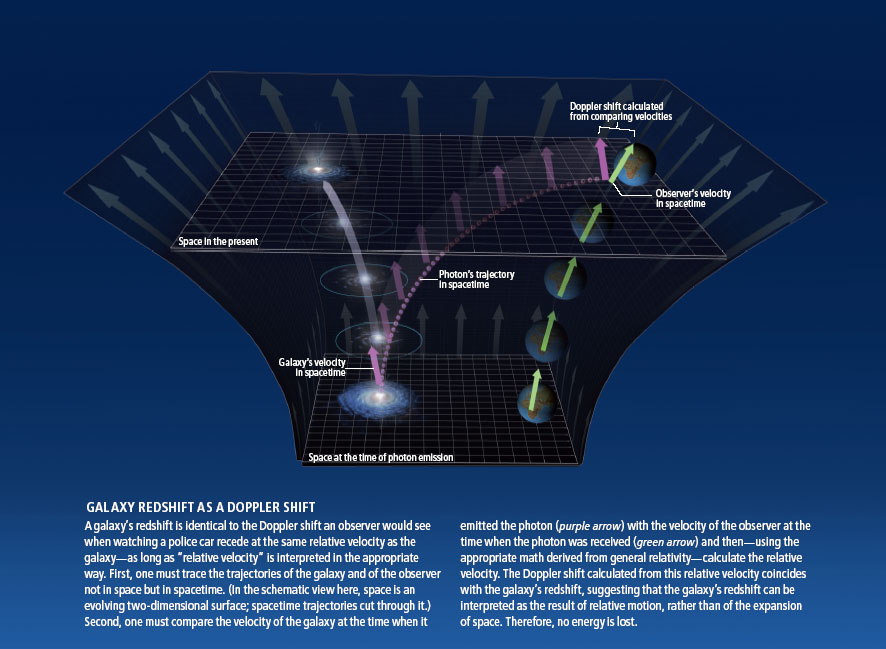Governor Schwarzenegger sent a letter to the California assembly along with his veto of a recent bill. The first letters of each line of the message spell out a certain vulgar phrase. The Governor’s office says it’s a coincidence, but apparently lots of people don’t believe them.
This has a lot in common with the subject of a colloquium I gave here at the Université Paris last week. (If you really want to, you can see the slides for this talk.) My talk was about several unexpected patterns that have been observed in maps of the microwave background: there are a number of things that should, according to the standard theory, be random but that look non-random. There’s a lot of controversy over whether these patterns are significant. The problem is that after you’ve noticed a pattern, it’s very hard to quantify just how unlikely that pattern is, and hence whether it demands an explanation.
Human beings are really good at pattern-finding. Maybe what we’re seeing is a chance fluctuation, and we’re just fooling ourselves into thinking it’s a pattern with an underlying cause.
The probability of this particular phrase being spelled out in this particular way in Schwarzenegger’s letter are something like one in a trillion. But if you want to decide whether you think an explanation is required (i.e., that someone did it on purpose), that one-in-a-trillion number isn’t the right one to use: you should try to figure the probability of something like this happening, rather than the probability of this particular thing happening.
Suppose that you read in the paper that Mary Jones won the lottery. You’re not likely to be astonished by that fact, even though the probability of this particular person winning the lottery is very small. The reason is simple: the probability of someone winning the lottery is quite large.
So in the cases of both the microwave background and the vulgar acrostic, we should ask how unlikely is it that some similarly unusual pattern would show up. The problem is that it’s very hard to phrase that question precisely enough that it has a meaningful answer.
So what should we do? In Schwarzenegger’s case, we should get whatever juvenile amusement we can out of the situation, then decide that it just doesn’t matter and move on. In the case of the microwave background, things are a bit different: if these patterns are real, then they may be telling us something scientifically very important. So we should try to figure out new data sets that will shed light on the question. Unfortunately, that’s hard to do.
